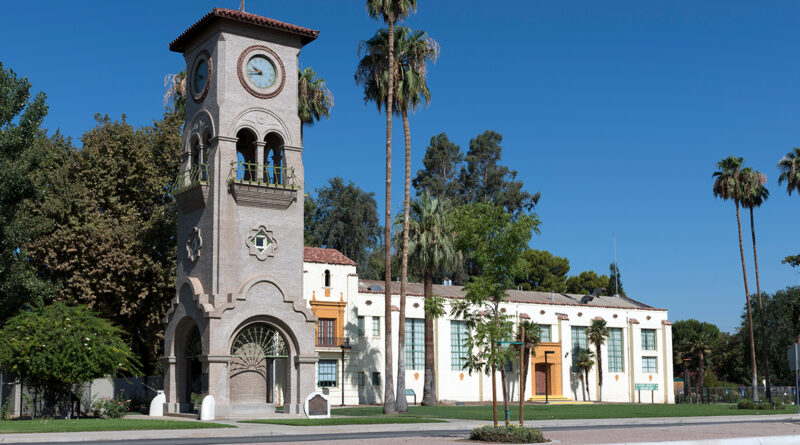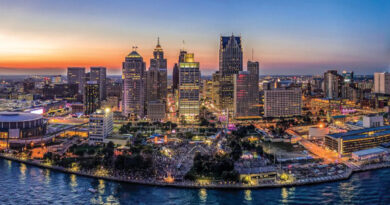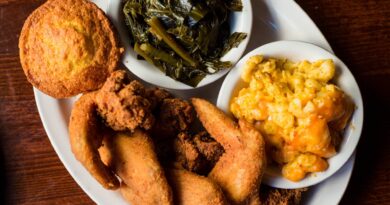History of Bakersfield California
Bakersfield, California, is a city with a rich and complex history that reflects the broader story of the American West. Located in the southern end of the San Joaquin Valley, Bakersfield has grown from a small desert settlement into a major agricultural and industrial hub. Its history is shaped by the diverse cultures, economic booms and busts, and the resilience of its people, making it a unique and vital part of California’s development.
Early Inhabitants and Spanish Exploration
Long before European settlers arrived, the area now known as Bakersfield was inhabited by Native American tribes, primarily the Yokuts. The Yokuts lived in the San Joaquin Valley for thousands of years, relying on the region’s rivers, lakes, and abundant wildlife for sustenance. They built villages along the Kern River and engaged in trade with neighboring tribes.
The first Europeans to explore the region were the Spanish, who arrived in the late 18th century. In 1776, the Spanish missionary Father Francisco Garcés crossed the area as part of his expedition to find a route between Arizona and California. However, the Spanish did not establish permanent settlements in the region, and it remained largely under the control of the native populations until the early 19th century.
Mexican Rule and the Rancho Era
Following Mexico’s independence from Spain in 1821, the region that would become Bakersfield became part of Mexico. The Mexican government began to grant large tracts of land to individuals, creating the rancho system that would define California’s landscape for decades. Much of the land in the San Joaquin Valley was granted to prominent Californio families, who used it primarily for cattle ranching.
The area around Bakersfield was part of Rancho El Tejón and Rancho San Emidio, two of the largest land grants in the region. These ranchos were vast, covering thousands of acres, and were operated by the wealthy families who owned them. The rancho era was a time of relative stability for the region, but this would change with the arrival of American settlers following the Mexican-American War.
The Gold Rush and American Settlement
The discovery of gold in California in 1848 brought a flood of settlers to the state, many of whom passed through the San Joaquin Valley on their way to the goldfields in the Sierra Nevada. While the gold rush itself had little direct impact on the Bakersfield area, it marked the beginning of significant American settlement in the region.
In 1851, Colonel Thomas Baker, a lawyer and former state senator from Ohio, moved to the area with the goal of establishing a settlement. He chose a site along the Kern River, where he built a crude encampment known as “Baker’s Field.” Baker’s Field became a popular stopover for travelers heading to and from the goldfields, and the settlement began to grow as more people arrived.
By the mid-1850s, the community had grown significantly, and in 1863, the area was officially named Bakersfield in honor of Colonel Baker. The city was formally incorporated in 1873, with a population of just over 600 people. Bakersfield’s early economy was based on agriculture, particularly cattle ranching and grain farming, which took advantage of the fertile soil in the surrounding areas.
The Arrival of the Southern Pacific Railroad
One of the most significant events in Bakersfield’s early history was the arrival of the Southern Pacific Railroad in 1874. The railroad connected Bakersfield to the rest of California, making it easier to transport goods and people to and from the city. This connection to the outside world helped spur economic growth and development in Bakersfield, transforming it from a small agricultural town into a burgeoning regional center.
The railroad also brought new settlers to the area, many of whom were attracted by the opportunities for farming and ranching. The city’s population grew rapidly during the late 19th century, and new businesses, schools, and churches were established to meet the needs of the growing community.
The Oil Boom and Industrial Growth
The discovery of oil in the early 20th century marked a turning point in Bakersfield’s history. In 1899, oil was discovered at the Kern River Oil Field, just north of the city. This discovery set off a massive oil boom, attracting workers and investors from across the country. The Kern River Oil Field became one of the most productive oil fields in California, and it remains an important source of oil to this day.
The oil boom brought significant wealth to Bakersfield and led to the development of a thriving industrial sector. The city’s economy diversified as new industries, including manufacturing and transportation, began to take root. The population continued to grow, and by the 1920s, Bakersfield had established itself as a major economic hub in the San Joaquin Valley.
The Great Depression and the Dust Bowl Migration
The Great Depression of the 1930s had a profound impact on Bakersfield, as it did on much of the country. The agricultural sector, which was still a cornerstone of the local economy, was hit particularly hard by falling prices and reduced demand for crops. However, the discovery of new oil fields in the area helped to mitigate some of the economic hardships.
During this time, Bakersfield also became a destination for thousands of Dust Bowl migrants from the Midwest. These migrants, often referred to as “Okies” and “Arkies,” fled their homes in Oklahoma, Arkansas, and other states that had been devastated by drought and dust storms. Many of them settled in the San Joaquin Valley, including Bakersfield, where they found work in the fields and oil fields.
The influx of Dust Bowl migrants had a lasting impact on Bakersfield, contributing to the city’s cultural diversity and shaping its identity as a working-class community. The migrants brought with them their music, traditions, and way of life, which blended with the existing culture of the region.
The Post-War Boom and Modern Bakersfield
The years following World War II were a time of rapid growth and change for Bakersfield. The city’s population exploded as returning veterans and their families moved to the area in search of jobs and affordable housing. The post-war boom led to the development of new neighborhoods, schools, and infrastructure, transforming Bakersfield into a modern city.
During this period, Bakersfield also became known as the birthplace of the “Bakersfield Sound,” a genre of country music that emerged in the 1950s and 1960s. Artists like Buck Owens and Merle Haggard, who grew up in the Bakersfield area, popularized this style of music, which was characterized by its raw, honky-tonk sound and its emphasis on working-class themes.
Today, Bakersfield is a thriving city with a diverse economy that includes agriculture, oil production, manufacturing, and healthcare. The city is also a cultural hub, with a rich heritage of music, art, and community events. Despite the challenges of the past, Bakersfield has continued to grow and evolve, remaining a vital part of California’s Central Valley.
Conclusion
The history of Bakersfield, California, is a story of resilience, adaptation, and growth. From its origins as a small desert settlement to its emergence as a major agricultural and industrial center, Bakersfield has played a significant role in the development of California’s Central Valley. The city’s diverse population, rich cultural heritage, and dynamic economy continue to make it a vibrant and important part of the state.
Discover more from City Towner
Subscribe to get the latest posts sent to your email.




